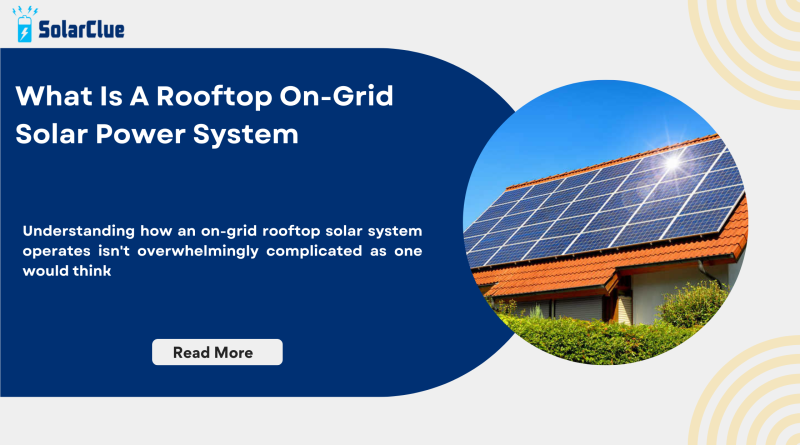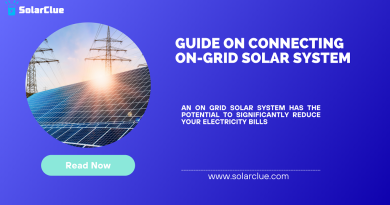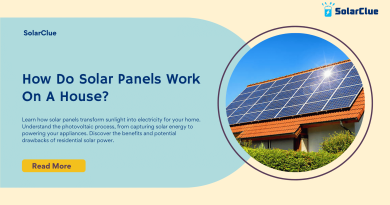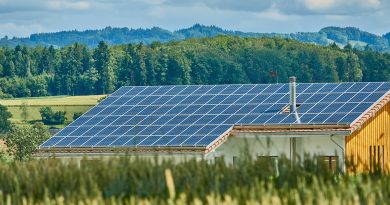What Is A Rooftop On Grid Solar Power System 2
The advancements in technology have not only revolutionized human life but are also taking climate change and global warming into account to come up with eco-friendly alternatives. One such breakthrough is the Rooftop On Grid Solar Power System. This technology is a boon to urban homes that have limited space but a need to be energy efficient. But what exactly is a Rooftop On Grid Solar Power System? This article is geared to unpack the concept, its benefits, and its role in encouraging sustainable living.
Table of Contents
How is a Rooftop On Grid Solar Power System Defined
In simple terms, a rooftop on-grid solar power system is a solar power generation system installed on the rooftop of buildings. It is connected directly to the main electricity grid and uses sunlight as its primary source of power. The key components of this system include solar panels, a mounting system, electrical wiring, and an inverter.
The Working Mechanism of On Grid Solar Power System
Understanding how an on-grid rooftop solar system operates isn’t overwhelmingly complicated as one would think. The solar panels convert sunlight into direct current (DC) electricity. This DC electricity is then converted into alternating current (AC) by the inverter. The AC electricity is then ready for household usage.
One of the significant aspects of an on-grid system is that it operates in sync with the grid. During the day, if your solar system produces more electricity than your home requires, the excess power gets fed back into the grid. On the other hand, during the night or when solar power production is less, electricity can be drawn from the grid. Therefore, it’s a win-win scenario for homeowners, ensuring that no electricity is wasted and power is always available.
Benefits of Rooftop On Grid Solar Power System
Adopting an on-grid solar power system comes with a host of benefits. The most prominent one being the considerable savings on electricity bills. Since you’re generating your power, your reliance on the grid is significantly reduced, leading to lower power bills. As the system feeds surplus power back to the grid, there are numerous locations globally where households are credited for this, thus bringing in income.
Moreover, on a larger scale, these solar systems prove to be a sustainable power solution, reducing dependence on non-renewable power sources and slashing carbon emissions. They require minimal maintenance, make no noise, and can last up to 25-30 years with proper care, making it a long-term investment.
Challenges and Solutions
While the advantages are many, implementing this also comes with its challenges. The initial installation cost can be a factor, but varied financing options and long-term cost reductions tend to offset this. Aesthetics can be a concern for some homeowners, but as technology is advancing, we are seeing sleeker, more visually appealing solar panel designs. Many people also worry about periods of less sun or cloudy days. However, bear in mind that during such times, your system will draw from the grid, ensuring that you always have a power supply.
Conclusion
The world is on the brink of a clean energy revolution, and rooftop on grid solar power systems are at the forefront of this change. By adopting such innovative and sustainable technologies, we can take a cue from the sun — the world’s most abundant energy source. Undoubtedly, with its potential to combat power shortages, reduce electricity bills, and contribute towards a greener planet, solar power presents a bright future for the world. It’s an ever-evolving field, with continuous advancements aimed to make solar power accessible, reliable, and efficient to all. Integral to realizing a future of sustainable living and energy use — the rooftop on grid solar power system is more than just a trend; it is a way forward.




